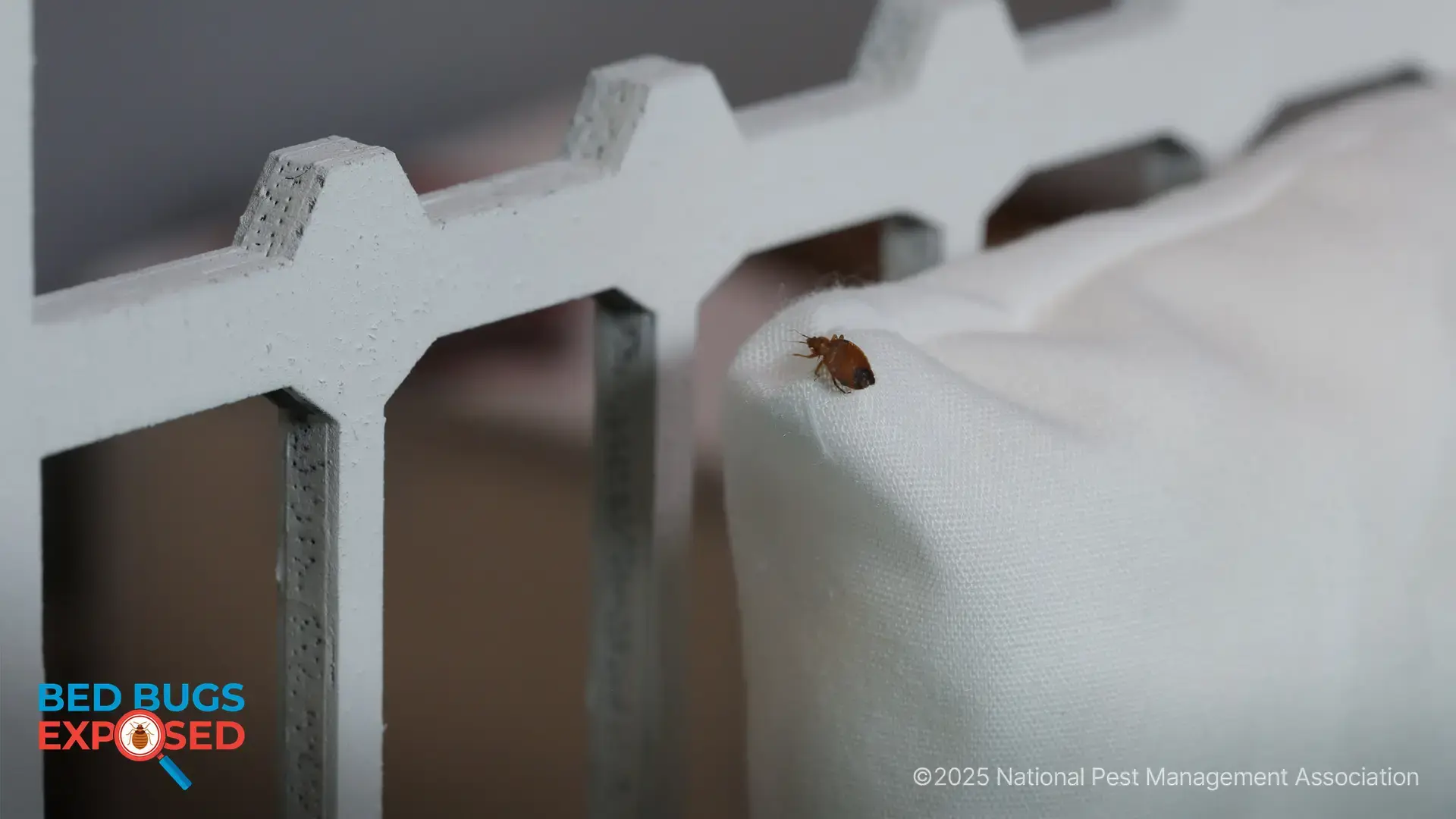Termites 101
A Guide to Common Termite Species
By looking at a single termite, it certainly doesn’t look dangerous or menacing, but a whole colony of them can inflict serious structural damage on a home in a fairly short period of time. Termites are known as “silent destroyers” because of their ability to chew through wood, flooring and even wallpaper undetected. Each year, termites cause about $6.8 billion in property damage.
As the ground warms across the country, from the South up to the North, termite populations emerge in search of a new structure to invade. They send their explorers, also referred to as swarmers, in search of hospitable habitats such as homes that may have sustained damage during the winter months due to rain or snow. Because swarmers have such a similar appearance to that of a winged or flying ant, many homeowners may dismiss them as such upon finding them inside their home – a big mistake. If swarmers determine your home to be their perfect home, it’s a safe bet the rest of their colony will follow.
Although there are about 2,000 known termite species in the world, the following present the biggest threat to homeowners in the U.S.:
Subterranean termites

Subterranean termites are found in every state except Alaska. This termite species lives in underground colonies or in moist secluded areas aboveground that can contain up to 2 million members. They build distinctive "mud tubes" to gain access to food sources and to protect themselves from open air. Subterranean termites are by far the most destructive species in the U.S.
Formosan termites

Originally from China, Formosan termites are the most voracious, aggressive and devious of over 2,000 termite species known to science. Formosans are organized into huge underground colonies, and build intricate mud nests inside the walls of a structure. Because of their aggressive nature, Formosan termites are difficult to control once they infest a structure. Formosan termites are found in Hawaii, North Carolina, South Carolina, Georgia, Virginia, Texas, Louisiana, Alabama, Florida, Tennessee, South Carolina and California.
Dampwood termites

As the name suggests, dampwood termites infest wood with a high moisture content. Dampwood termites are normally larger in size than other termite species. They do not usually infest structures because of the low moisture content of wood in structures, however, care must be taken to avoid attracting dampwood termites to a structure. Dampwood termites are found in Pacific coastal and adjacent states, the desert or semi-arid southwest, and southern Florida.
Drywood termites

Drywood termites infest dry wood and do not require contact with the soil, unlike the subterranean and Formosan termites. This termite species often establishes nests in roof materials and wooden wall supports and can infest dead wood that may be around homes. Although they don’t require as much moisture for survival as other species, they can also be found in wood near a water source such as a leaky pipe or water heater. Drywood termites are found in the southern tier states, from North Carolina through the Gulf Coast and into the coastal areas of California.
Conehead termites

Conehead termites are an invasive species native to the Caribbean. They were first introduced to the U.S. in 2001. Originally called "tree termites," they were renamed conehead termites to alleviate the misconception that this pest is only found in trees. Though the species was believed to been eradicated in the U.S. in 2003, the Florida Department of Agriculture and Consumer Services (DACS) recently confirmed the reemergence of this pest in Broward County, Florida. Unlike most termites, the conehead termite does not rely on underground tunneling to travel. Instead, they forage on the ground like ants, allowing them to spread quickly. Conehead termites are an extremely aggressive termite species known for causing widespread property damage in a short period of time.
Signs of Termite Damage
It is not always possible for an untrained individual to see evidence of termites; however, homeowners can sometimes identify a potential termite problem by being vigilant in and around the home. If you see any of the following, it’s time to contact a pest professional who can immediately determine the extent of the problem and provide a recommendation about the appropriate course of treatment.
-
-
Presence of large numbers of flying termites (often confused with flying ants)
-
Mud shelter tubes (used by termites to reach a food source)
-
Damaged wood containing mud or dirt
-
Discarded wings near doors or on windowsills
-
Wood that sounds hollow when tapped
-
Blistered paint on wooden surfaces
-
Small piles of pellets near or underneath damaged wood
-
For more information on how to prevent termites in your home, check out this article about the importance of wood-boring pest inspections.

Learn About Rodents
Rodents invade millions of homes each winter. Learn more about them!

NPMA's Bug Barometer Forecast
The latest Bug Barometer® forecast from the National Pest Management Association reveals what homeowners across America can expect from pest activity this fall and winter.

NPMA's Bed Bugs Exposed Project
Check out NPMA's Bed Bugs Exposed project to learn more about this hitchhiking pest and how to prevent an infestation at home.
Find a PEST PRO in your area

Learn About Rodents
Rodents invade millions of homes each winter. Learn more about them!

NPMA's Bug Barometer Forecast
The latest Bug Barometer® forecast from the National Pest Management Association reveals what homeowners across America can expect from pest activity this fall and winter.

NPMA's Bed Bugs Exposed Project
Check out NPMA's Bed Bugs Exposed project to learn more about this hitchhiking pest and how to prevent an infestation at home.
